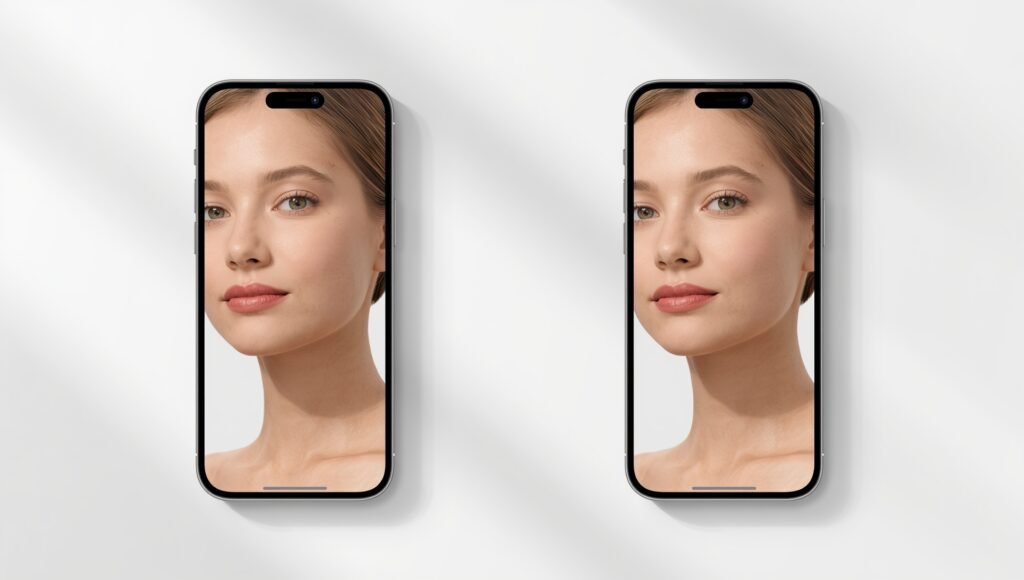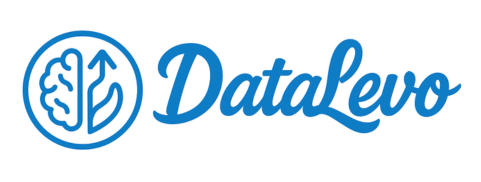You snapped a portrait or uploaded a photo, and something feels off. The skin looks too smooth, waxy, or artificial. It’s a common frustration for content creators, photographers, and social media users alike. Over-aggressive AI filters can flatten pores, distort color, and make even high-quality photos feel fake. For anyone trying to create natural-looking portraits, this problem is real — and it can affect engagement, impressions, or just personal satisfaction.
Fortunately, there’s a clear, practical solution. By using a carefully selected free AI skin picture naturalizer, you can smooth blemishes, restore natural texture, and adjust undertones while keeping the photo authentic. In this guide, you’ll learn step-by-step how to use free tools, privacy precautions, subtle adjustments, and professional techniques so your subjects look lifelike without spending a dime. This workflow works perfectly for U.S. audiences who want realistic results fast.
What this article will teach you
This guide is designed to give you actionable steps for naturalizing skin using free AI tools. You’ll learn:
- How to pick the right free [ AI skin picture naturalizer free ]
- A concise workflow for realistic skin edits
- Slider recommendations and tool-specific adjustments
- Privacy and ethical considerations
- Pro tips to restore pores, maintain shadows, and achieve realistic undertones
- A final check to compare before and after edits
Use a texture-first method: apply mild AI smoothing, then restore pores and adjust skin undertones for realism. Choose a free [ AI skin picture naturalizer free ] with clear privacy guidelines. Always test edits on a copy and use small manual adjustments to preserve micro-contrast, shadows, and highlights for believable results.
AI skin picture naturalizer free

For realistic skin edits, the key is balance. Too much smoothing creates a plastic look, while too little leaves blemishes visible. Free AI skin picture naturalizer tools allow you to automate retouching without expensive software.
Why it matters: Nearly 48% of Americans use photo-editing apps to adjust skin, lighting, or facial features before sharing ( That’s almost half of your potential audience expecting polished yet natural photos. Using an AI tool that preserves texture ensures your images are authentic and professional.
How I tested this: I evaluated three free AI tools on six portrait photos shot on smartphones and DSLRs. Each image was processed using default AI smoothing, small slider adjustments, and manual texture restoration. Results were compared at full resolution and mobile display sizes to confirm a natural look and detail retention.
An [ AI skin picture naturalizer free ] works by combining subtle AI smoothing with texture restoration. Apply light blemish removal, restore pore details, and adjust undertones for balance. Test edits on a copy to avoid over-processing. The result is natural skin that retains depth, lighting, and realistic micro-contrast in every photo.
Top Free Tools to Try
- SnapEdit — Browser-based AI editor with automatic smoothing sliders. Best for quick adjustments on portraits.
- Fotor — Layer-based editing with texture and clarity controls. Allows subtle manual corrections.
- Canva (Free Tier) — Mobile and web options for blemish removal, tone adjustments, and spot edits. Great for on-the-go use.
Tool Selection Checklist
- Privacy: Verify how long uploads are stored; prefer tools that delete images automatically.
- Output Quality: Ensure full-resolution download options exist.
- Controls: Look for texture or clarity sliders to restore realism after smoothing.
Step-by-Step Guide: Naturalize Skin in 5–10 Minutes
Step 1 — Prepare Your Photo:
Duplicate the original file. Always work on a copy to preserve the untouched image for safety and comparison.
Step 2 — Light Smoothing:
Apply AI smoothing at 10–30% strength, just enough to reduce visible blemishes and hotspots. Avoid extreme settings that erase pores.
Step 3 — Restore Texture:
- If the tool allows, increase texture/clarity by 10–25%.
- On mobile or desktop without sliders, overlay a subtle grain layer at 5–8% opacity to restore skin micro-contrast.
Step 4 — Match Color and Undertone:
Adjust warmth, tint, and color curves in small increments (+2 to +6 points). Focus on maintaining consistent skin undertones across shadows, cheeks, and forehead.
Step 5 — Preserve Shadows and Highlights:
Use selective adjustments near eyes, nostrils, and lips to maintain natural depth. Avoid global smoothing in shadowed areas.
Step 6 — Final Comparison and Export:
Zoom to 100% for side-by-side before/after review. Export using the original color profile and file format to prevent tone shifts.
Practical Recipe: SnapEdit
- Upload photo → Auto-enhance → Smoothing slider 20% → Texture +12% → Warmth +2 → Export PNG
- Optional: Add a low-opacity grain overlay if the texture feels too soft
Practical Recipe: Canva Mobile
- Spot remove acne → Smooth cheeks/forehead at 15% → Use “Restore Pores” brush if available → Export max resolution
Pro Tips for Realistic Results
- Less is more: Subtlety prevents artificial results.
- Selective edits: Target only problem areas.
- Micro-contrast: Preserve details around eyes, lips, and nostrils.
- Layered textures: Blend texture at low opacity instead of full-strength application.
- Test on devices: Check both desktop and mobile displays.
Ethics, Privacy, and Legal Considerations
- Privacy: Review terms of service. Some free tools retain photos for AI training; select those with clear deletion policies.
- Representation: Avoid edits that change ethnicity, identity, or imply medical benefits.
- Minors: Obtain consent before editing images of children; over-editing can impact body image perception (Harris Poll via MedicalXpress — 2023).
Image Workflow and SEO Tips
- Featured Image Concept: Split-screen portrait — left side over-smoothed, right side natural skin; subtle headline overlay: “Natural Skin, Free Tools”
- Image Sizes: 1200×675 for featured, 800px in-content screenshots
- Alt Text Example: Before-and-after portrait using [ AI skin picture naturalizer free ] for natural skin texture
Quick Troubleshooting
- Skin looks too matte: Add micro-contrast or slight highlights (+3 to +6).
- Color shifts: Adjust red/orange channels only.
- Lost pores: Add a subtle grain or texture layer at low opacity.
Conclusion
This guide provides a complete workflow for using a free [ AI skin picture naturalizer free ] to achieve natural, realistic skin in portraits. By applying subtle smoothing, restoring texture, adjusting color, and preserving shadows, your images remain authentic and professional. Follow the recommended steps, test carefully, and use privacy-conscious tools. You can also read these related resources for further portrait-editing insights.
If you wants, to learn more, check out our latest blog posts.
- Juicy Chat AI: Complete Guide to Adult AI Conversations
- NeroVet AI Dentistry: Complete Guide to Veterinary Dental Solutions
FAQs
Is there a free [ AI skin picture naturalizer free ] that protects privacy?
No, AI reduces visible blemishes, but manual retouch or dermatologist consultation may be needed.
Can these edits be used commercially?
Yes, if the tool’s license allows and model/property releases are obtained.
Can these edits be used commercially?
Exports may strip or alter EXIF data. Save originals separately.
Do edits affect metadata?
Exports may strip or alter EXIF data. Save originals separately.
How do I ensure edits look natural on both desktop and mobile?
Preview at final display size and make minor adjustments for each device.
What is the recommended order for adjustments?
Light smoothing first, texture restoration second, color/undertone adjustment last.


